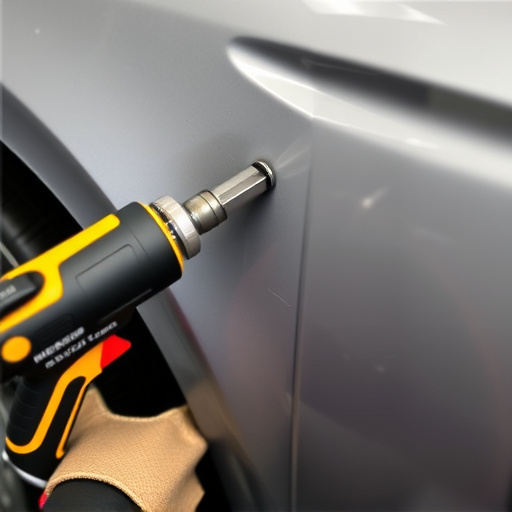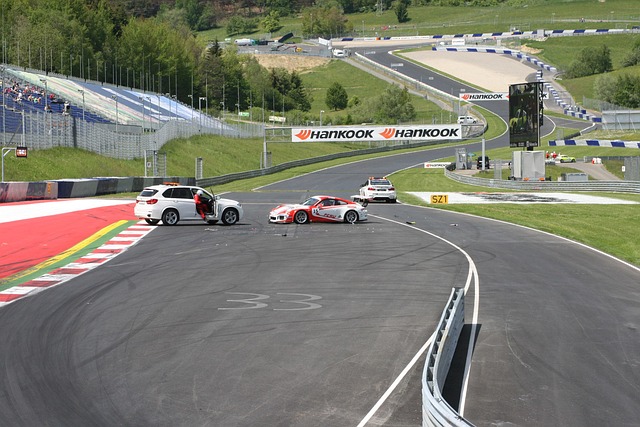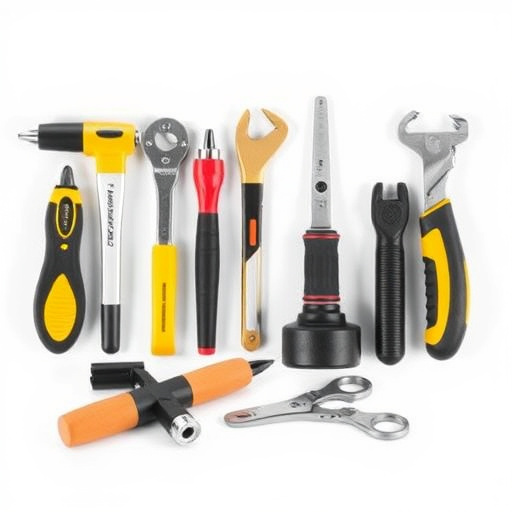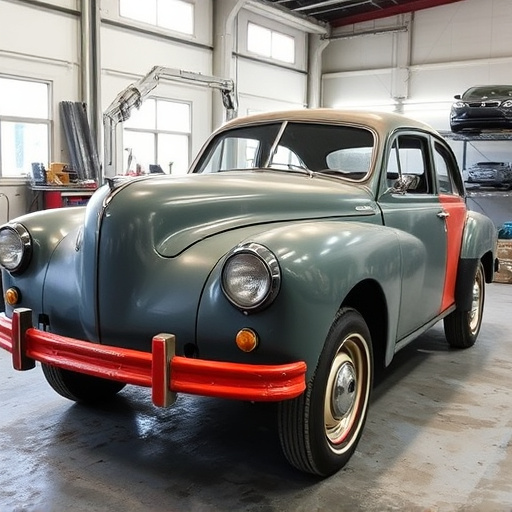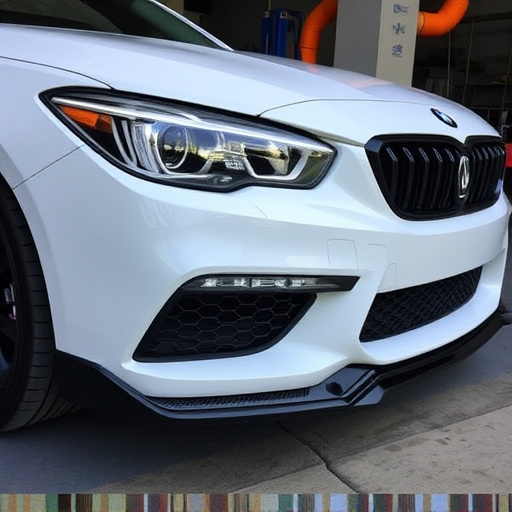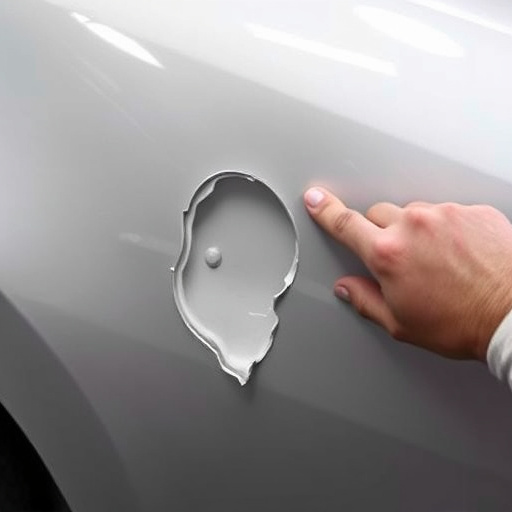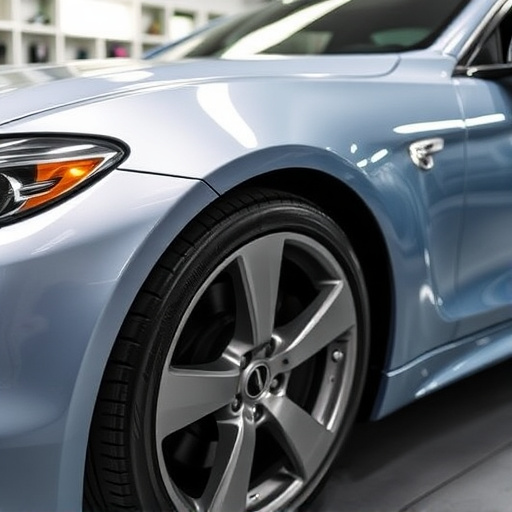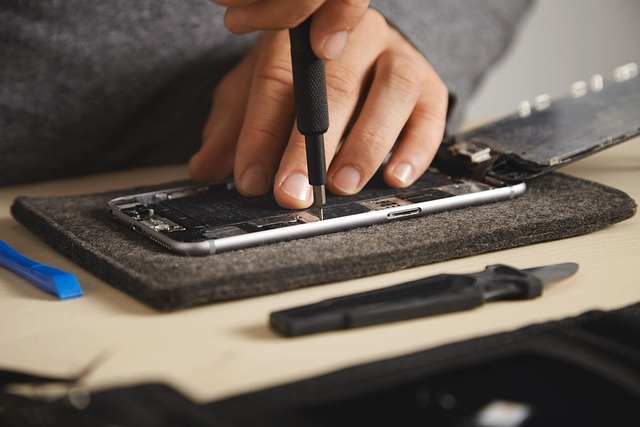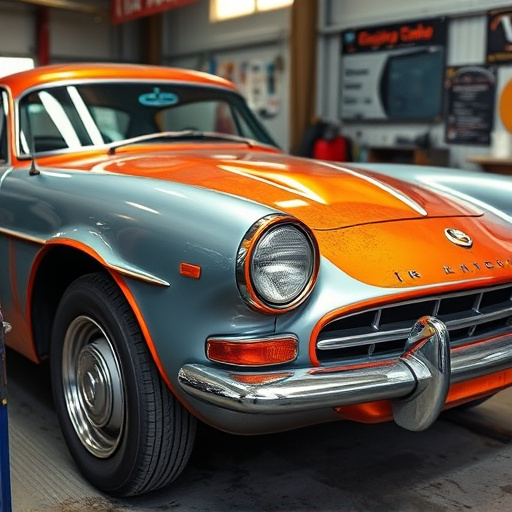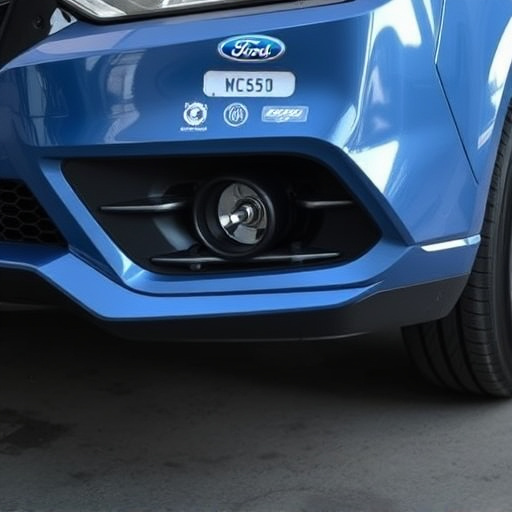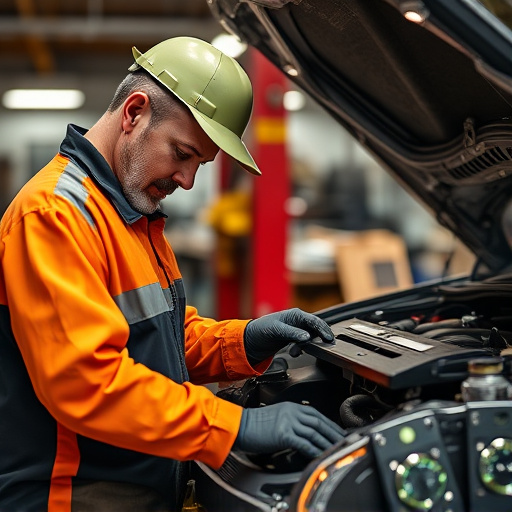Paintless Dent Repair (PDR) is an innovative auto body repair method for minor dents and scratches, preserving the factory finish by gently reshaping damaged areas. Skilled technicians use specialized tools to adapt techniques based on dent size and severity, ensuring high-quality outcomes that maintain vehicle aesthetic value and structural integrity. Rigorous quality control and precise methods are key to satisfying customers needing meticulous collision repair for premium brands like Mercedes Benz.
“Elevate your automotive care routine with advanced PDR (Paintless Dent Repair) techniques designed specifically for minor dents. This comprehensive guide unveils the secrets to achieving flawless results without the need for paint or extensive repairs. From mastering basic PDR principles to exploring efficient tools and techniques, this article equips you with the knowledge to restore your vehicle’s aesthetic charm. Discover expert tips for optimizing every step of the process, ensuring both quality and speed in PDR for minor dents.”
- Understanding PDR: The Basics of Paintless Dent Repair
- Tools and Techniques: Mastering the Art of Minor Dents Removal
- Optimizing Results: Tips for Efficient and Quality Service Delivery
Understanding PDR: The Basics of Paintless Dent Repair

Paintless Dent Repair (PDR) is a specialized auto body repair technique that has revolutionized the way minor dents and scratches are addressed in modern automotive care. Unlike traditional dent repair methods that often involve sanding, painting, or replacing damaged panels, PDR is a non-invasive approach designed to restore the vehicle’s original appearance without disturbing its factory finish. This advanced technique leverages specialized tools and trained technicians to gently push and pull the damaged area back into its original shape, effectively removing dents and eliminating the need for extensive auto repair services.
By employing PDR for minor dents, auto body shops can offer a cost-effective solution for customers seeking high-quality dent repair without the added expense of paint and panel replacement. This not only extends the lifespan of vehicles but also contributes to a more sustainable approach to automotive maintenance. With its precision and minimal impact on the vehicle’s surface, PDR has become an indispensable service in many auto body shops, catering to both aesthetic enhancements and ensuring the overall integrity of the vehicle’s structure.
Tools and Techniques: Mastering the Art of Minor Dents Removal
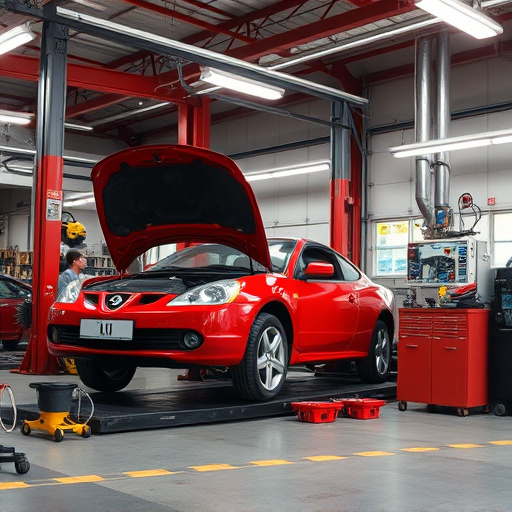
The world of PDR for minor dents is a precise art that requires the right tools and techniques to master. Professional detailers know that investing in high-quality equipment tailored for this specific task is key. From specialized hammers and picks to advanced tamping tools, each piece serves a unique purpose in gently reshaping and realigning dented areas without damaging the car’s paintwork. Proficiency in using these tools involves understanding their specific functions, such as the leverage offered by a ball-peen hammer or the precision of an air-powered pick.
Techniques vary based on the size and severity of the dent, with some methods focusing on applying pressure to release the energy trapped within the paint and underlying panel. Others involve carefully popping the dent out using specialized tools that gently lift it away from the car body surface. This meticulous process demands skill and patience, especially when dealing with intricate shapes or curved surfaces, common in modern automotive designs. As these techniques are refined, professionals can offer effective auto maintenance solutions for minor dents, leaving cars looking as good as new while preserving the value of the vehicle’s finish and overall car body repair.
Optimizing Results: Tips for Efficient and Quality Service Delivery
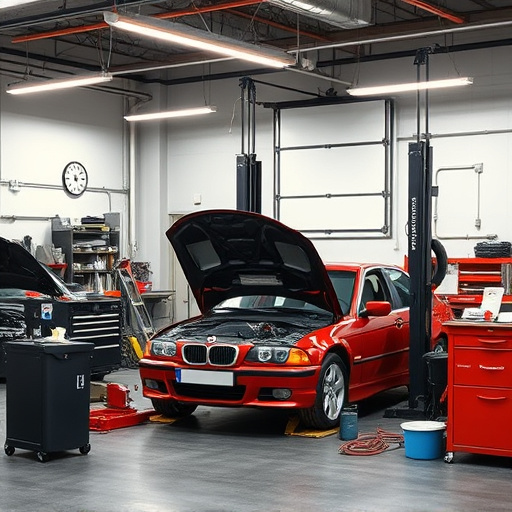
To optimize results when offering PDR for minor dents services, technicians should adhere to strict quality control measures. Efficient and precise techniques are key; every dent has unique characteristics, so adapting methods accordingly ensures optimal outcomes. Using specialized tools designed for PDR, such as precision bars and tampers, allows for more control over the repair process. Proper training in these advanced techniques is essential, ensuring technicians can handle various dent patterns effectively.
Consistency in preparation and finishing techniques across all repairs enhances overall quality. This includes achieving the correct level of plastic deformation during the stretching phase and accurately matching paint finishes to ensure seamless integration. Regularly maintaining and calibrating equipment also plays a vital role in delivering consistent and high-quality PDR services, ultimately satisfying customers seeking vehicle collision repair, especially for Mercedes Benz repair or any other vehicle bodywork requiring meticulous attention to detail.
PDR for minor dents is a highly effective and efficient method for repairing car damage, offering both cost-savings and aesthetic benefits. By understanding the fundamentals, investing in quality tools, and employing optimized techniques, professionals can deliver superior service that restores vehicles to their pre-damage condition. This advanced approach to paintless dent repair ensures lasting results while meeting the high standards of modern car owners.
